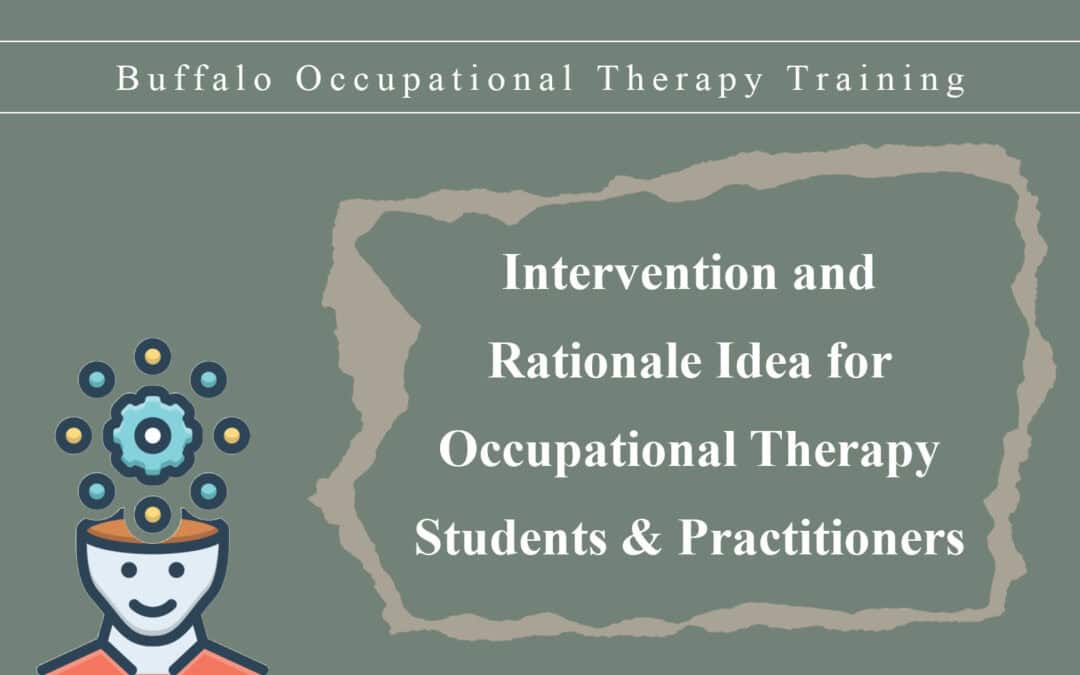Additional Rationale:
-
Strengthening Forearm Muscles: Utilizing a forearm flexor with variable levels of resistance targets the forearm flexor muscles, which are crucial for many daily tasks. Strengthening these muscles improves grip strength and endurance.
-
Cylindrical Wrist Grasp: The cylindrical wrist grasp mimics functional hand positions used in daily activities, such as holding a cup, turning a doorknob, or using tools. This type of grip is essential for occupational performance.
-
Body Mechanics: Proper body mechanics during these exercises ensure that movements are safe and effective, reducing the risk of injury. It also promotes awareness and control over the body, which is crucial for functional tasks.
-
Pronation and Supination: Pronation (turning the palm down) and supination (turning the palm up) are fundamental movements required for many tasks. Resistance training in these movements enhances muscle strength, coordination, and control, which are essential for functional hand use.
-
Graded Resistance: The ability to adjust resistance allows for progressive overload, which is essential for muscle strengthening. It also enables the customization of the exercise to match the individual’s current functional level and gradually increase the challenge as their strength improves.
-
Concentric, Eccentric, and Isometric Contractions:
- Concentric Contractions: Strengthen muscles as they shorten, which is important for lifting and pulling activities.
- Eccentric Contractions: Strengthen muscles as they lengthen, improving control during lowering and decelerating movements.
- Isometric Contractions: Enhance muscle endurance and stabilization, which are necessary for holding objects and maintaining positions.
Occupational Performance Rationale
Functional Grip and Manipulation: Improved strength and control of the forearm flexors enhance the ability to grip and manipulate objects, which is essential for daily activities such as dressing, grooming, eating, and using tools.
Enhanced Coordination and Precision: Strengthening these muscles supports better coordination and precision in hand movements, contributing to tasks that require fine motor skills, like writing or buttoning a shirt.
Increased Endurance: Improved muscle endurance helps individuals sustain activities for longer periods without fatigue, which is important for both work and leisure activities.
Reduction of Pain and Injury: Strengthening the forearm muscles and improving body mechanics can reduce the risk of repetitive strain injuries and alleviate pain associated with conditions like tendinitis or carpal tunnel syndrome.
Improved Dexterity: Enhanced strength and control in pronation and supination movements support better dexterity, which is necessary for activities like turning keys, opening jars, or using a computer mouse.
Task-Specific Training: Engaging in exercises that mimic daily activities helps in the transfer of skills to real-life tasks. This functional approach ensures that the improvements in strength and coordination directly benefit the individual’s occupational performance.
Postural Stability and Balance: Proper body mechanics and the integration of upper extremity movements with postural control contribute to overall stability and balance, which is crucial for safe and effective task performance.
Using a forearm flexor with variable resistance and incorporating cylindrical wrist grasp, proper body mechanics, and pronation/supination against resistance addresses multiple dimensions of muscle function—strength, endurance, coordination, and control. These improvements directly enhance occupational performance by enabling individuals to perform daily activities more effectively, efficiently, and safely. Through progressive overload and specific movement patterns, this exercise regimen fosters the functional abilities necessary for independence and quality of life.

